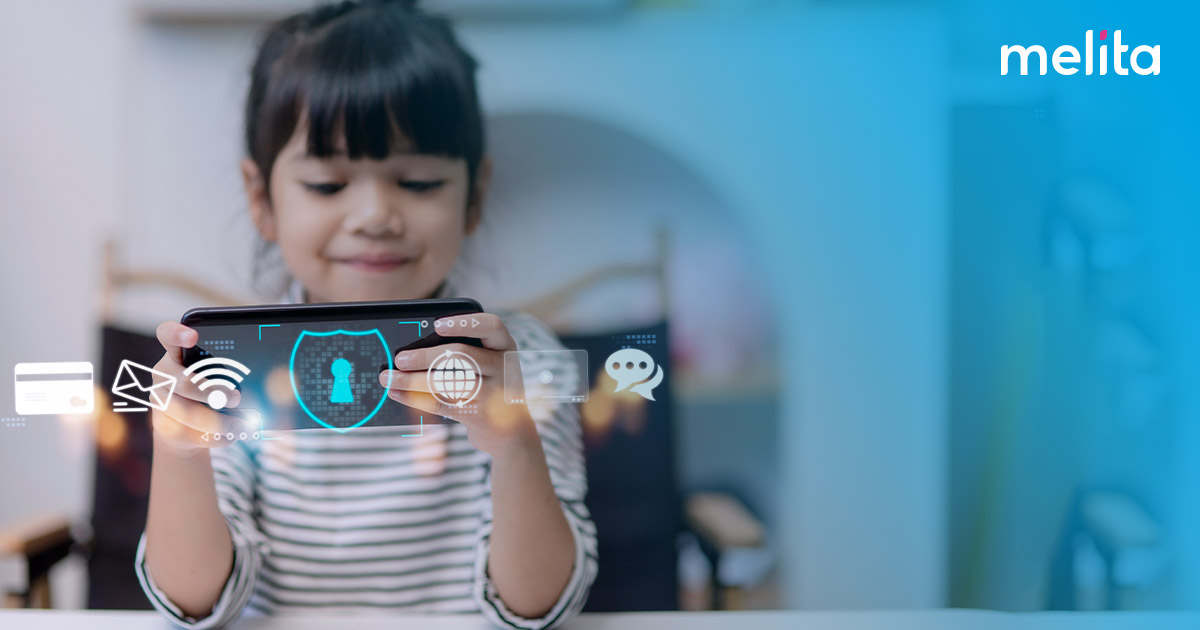
In an era where smartphones are practically an extension of ourselves, the importance of mobile security cannot be overstated. These devices hold a treasure trove of personal information, from bank details to intimate conversations. According to a report by NortonLifeLock, mobile malware attacks increased by 54% in 2020 alone. The purpose of this blog is to educate you, the end-user, on the best practices to maximise your smartphone security.
Common Smartphone Security Threats
Malware
Malware is software designed to infiltrate or damage a computer system without the owner’s informed consent. On smartphones, malware can steal personal information, record conversations, and even control your device remotely.
Spyware
Spyware is a subset of malware that specifically focuses on monitoring and sending your personal data to a third party. It can record keystrokes, capture screen shots, and access your contact list.
Phishing
Phishing attacks often come in the form of seemingly legitimate messages or emails that trick you into revealing your personal information. These can be particularly dangerous when they mimic messages from trusted sources like your bank.
Ransomware
Ransomware locks you out of your device or encrypts your files, demanding a ransom to restore access.
Jailbreaking and Rooting
Jailbreaking (iOS) and rooting (Android) are processes that remove certain restrictions on your device, potentially exposing it to various security threats.
Best Practices for Maximising Smartphone Security

A. Keeping Your Device Up-to-Date
Importance of Software Updates
Software updates are not just about adding new features; they often contain critical security patches. Outdated software is a breeding ground for hackers to exploit known vulnerabilities.
How to Update Software
Android: Go to Settings > System > Advanced > System Update > Check for Update.
iOS: Navigate to Settings > General > Software Update.

B. Installing Trusted Security Apps
Benefits and Tips
Security apps can scan for malware, block malicious websites, and even provide a firewall. When choosing a security app, look for reputable companies, read user reviews, and check for a history of regular updates.
Recommended Apps
Android: Bitdefender, Avast
iOS: Norton, McAfee

C. Using Strong, Unique Passwords and Two-Factor Authentication
Importance of Passwords
Strong, unique passwords are your first line of defence. Using the same password across multiple platforms makes you an easy target.
Two-Factor Authentication
Two-factor authentication (2FA) adds an extra layer of security by requiring a second form of identification beyond just a password.
How to Set Up 2FA
Google: Go to your Google Account > Security > 2-Step Verification.
Apple: Settings > [your name] > Password & Security > Turn on Two-Factor Authentication.


D. Being Cautious of App Permissions and Downloads
App Permissions
Be wary of apps that request permissions that aren’t necessary for their function. For example, a weather app shouldn’t need access to your contacts.
Trusted Sources
Only download apps from trusted sources like Google Play Store or Apple App Store.

E. Don’t Jailbreak or Root Your Phone
Jailbreaking (for iOS devices) or rooting (for Android) involves bypassing the built-in security protocols of your smartphone’s operating system to gain elevated access to its features. While this may offer more control and customisation options, it significantly compromises the security of your device, making it more vulnerable to malware, data breaches, and other cyber threats.

F. Safeguarding Against Phishing Attacks
What Are Phishing Attacks?
Phishing attacks trick you into divulging personal information. They often mimic trusted sources.
Tips for Recognising Phishing
Be cautious of unsolicited communications asking for personal information. Always double-check the URL and the sender’s email.

G. Avoiding Unsecured Wi-Fi Networks
Risks
Unsecured Wi-Fi networks are a haven for hackers to intercept your data.
Tips for Safe Use
If you must use public Wi-Fi, avoid accessing sensitive information and consider using a VPN.

H. Securing Your Online Presence Beyond Your Smartphone
Safe Browsing Habits
Always look for “https://” in the URL. Use incognito mode for sensitive searches.
VPNs and Data Backups
A VPN encrypts your online activity. Regular data backups protect you from data loss due to malware or hardware failure.

I. Smartphone Security for Children and Teens
Unique Considerations
Younger users are more susceptible to clicking on malicious links and downloading rogue apps.
Tips for Parents
Educate your children about the risks. Use parental control features to monitor app downloads and screen time.
By adhering to these best practices, you’re not just protecting your smartphone; you’re safeguarding your digital life.
Consequences of Not Having Proper Smartphone Security

In the digital age, the ramifications of lax smartphone security can be devastating. Here are some of the most pressing consequences:
Data Theft
If your smartphone is compromised, hackers can gain access to your personal data, including photos, messages, and even sensitive financial information.
Privacy Invasion
Spyware and other malicious software can record your conversations, track your location, and even access your camera and microphone without your knowledge.
Financial Loss
With access to your banking apps and payment methods, cybercriminals can make unauthorized transactions, leading to significant financial loss.
Man-in-the-Middle (MitM) Attacks
These attacks occur when a hacker intercepts communication between two parties. This can happen on unsecured Wi-Fi networks and can lead to data theft or account hijacking.
Emotional Distress
The invasion of your personal space and the theft of your personal data can lead to significant emotional distress, affecting your well-being.
Legal Consequences
If your phone is used to commit a crime, you could potentially face legal repercussions, even if you are not the one who committed the act.
Loss of Intellectual Property
For those who use their smartphones for work, a security breach could mean the loss of valuable intellectual property, affecting not just you but also your organisation.
The Role of Telecommunication Companies in Smartphone Security
Telecommunication companies play a pivotal role in ensuring the security of mobile devices. They are responsible for the networks we rely on and can offer additional layers of security to protect against various threats.
Melita’s Commitment to Customer Security
Melita has taken significant steps to ensure customer security. One of their standout features is the Umbrella Cyber Security service. Umbrella protects users from a wide range of threats including phishing attacks, malware, and specific threats such as Browser Hijackers, Trojans, Ransomware, and Information Stealers. If any of your devices are compromised, Umbrella prevents them from communicating with hackers’ Command and Control servers, thereby helping to identify potentially infected devices on your network.
Another feature offered by Melita is the Secure and Protect feature within their StellarWiFi service. This feature protects your devices from malware sites, botnets, spyware, spam, phishing, keyloggers, and other harmful attacks. It can be enabled or disabled at a network, device, or person level, offering a highly customisable experience. The feature is enabled on all devices by default but can be tailored for an individualised experience. Online protection is controlled at the Network level in the AI Security menu, and settings can be modified from within their respective detail screens.
By offering these robust security features, Melita demonstrates a strong commitment to safeguarding customer data and enhancing the overall user experience. Their proactive approach to mobile security sets a benchmark for what users should expect from their telecommunications providers in the realm of smartphone security.






